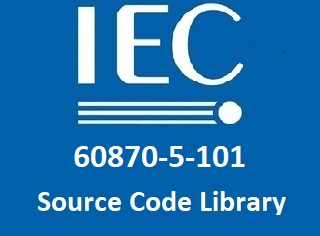
IEC 60870-5-101 (also known as IEC 870-5-101) is an international
standard, released at the beginning of the 90ies by the IEC
(International Electrotechnical Commission).
The protocol has found widespread use in the energy sector, and is
still used today. It is based on the EPA architecture (Enhanced
Performance Architecture) and defines only the physical link and
application layers of the OSI model.
The IEC Technical Committee 57 (
Working Group 03) developed a protocol standard for tele-control,
tele-protection and associated telecommunications for electric power
systems. The result of this work is IEC 60870-5.
Five documents specify the base IEC 60870-5. The documents are:
- IEC 60870-5-1 Transmission Frame Formats
- IEC 60870-5-2 Data Link Transmission Services
- IEC 60870-5-3 General Structure of Application Data
- IEC 60870-5-4 Definition and coding of Information Elements
- IEC 60870-5-5 Basic Application Functions
The IEC Technical Committee 57 also generated a companion standard IEC
60870-5-101 especially for remote controlled units RTU, connected to a
Controlling Station either via V24(RS232) or RS485 serial
communication. The IEC 60870-5-101 is based on the five documents IEC
60870-5-1 to 5.
Interoperability between devices by different vendors is ensured by
the interoperability list, which is defined by the standard. In the
list, the function range is defined for each device by marking the
applicable functions. The common denominator between different vendor
lists limits the possible function range.
As the original standard left more room for interpretation, there were
many different implementations on a wide range of different devices
many of which are mutually incompatible. To remedy this situation,
major energy utilities, such as RWE, Bayernwerke (E.ON), have
developed their own
IEC
60870-5-101 based standards. The "Norwegian
IEC 870-5-101 User Convention", managing line redundancy in
particular, has found wide acceptance in Scandinavian countries.
IEC 60870-5-101
is known for the resilience of its
link layer and for its simply structured application layer. The main
focus was placed on on performance definition, so that some
information needed for data decoding is not transmitted. For data
decoding to work, parameter settings such as information object
length, ASDU address length etc. need to be correct. This is not much
of a problem, as interoperability lists help to achieve this.
 IEC 60870-5-101 (also known as IEC 870-5-101) is an international
standard, released at the beginning of the 90ies by the IEC
(International Electrotechnical Commission).
IEC 60870-5-101 (also known as IEC 870-5-101) is an international
standard, released at the beginning of the 90ies by the IEC
(International Electrotechnical Commission). 



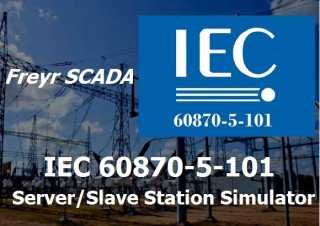
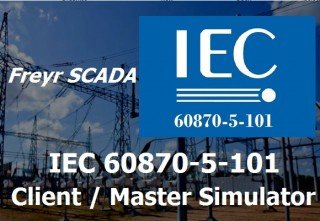
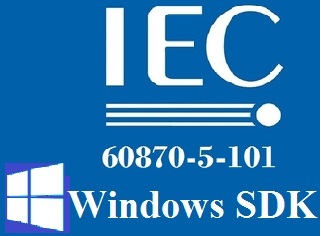
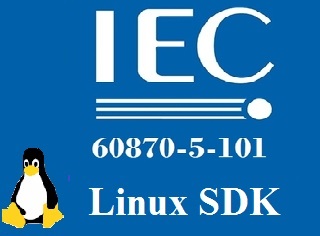
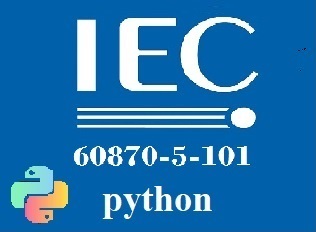
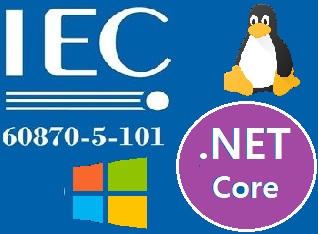
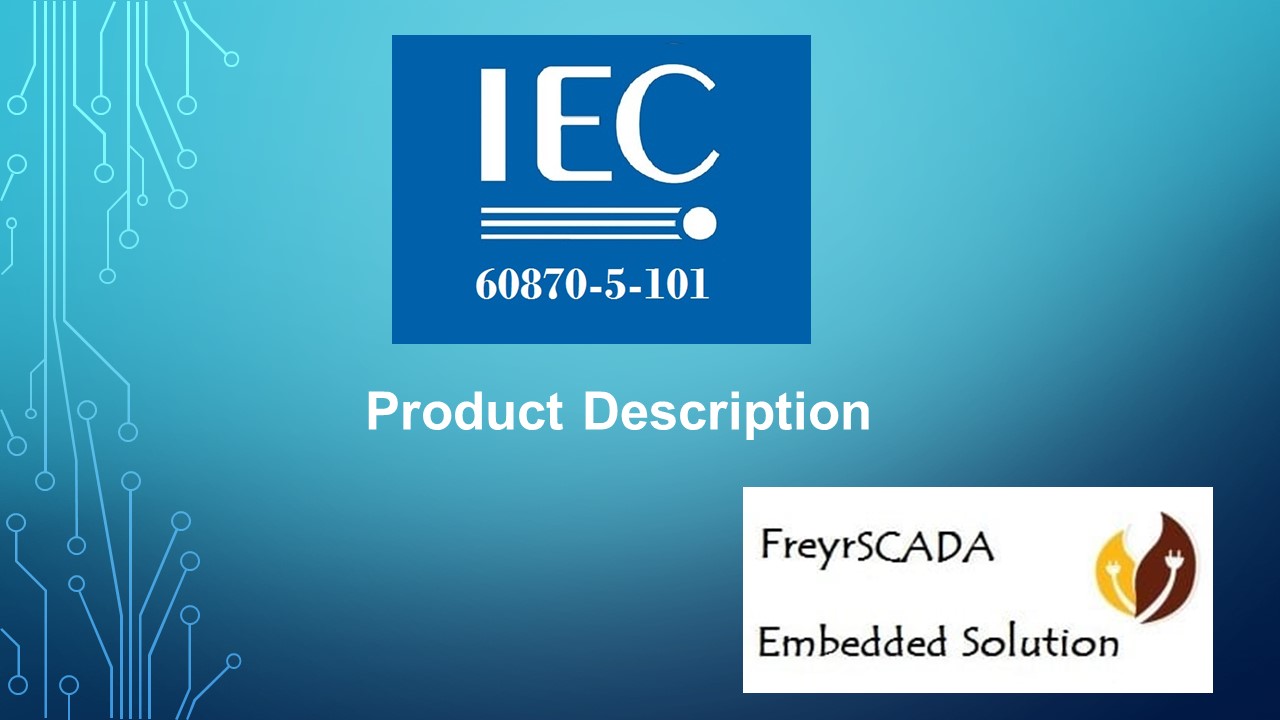 IEC 60870-5-101 Product Description
IEC 60870-5-101 Product Description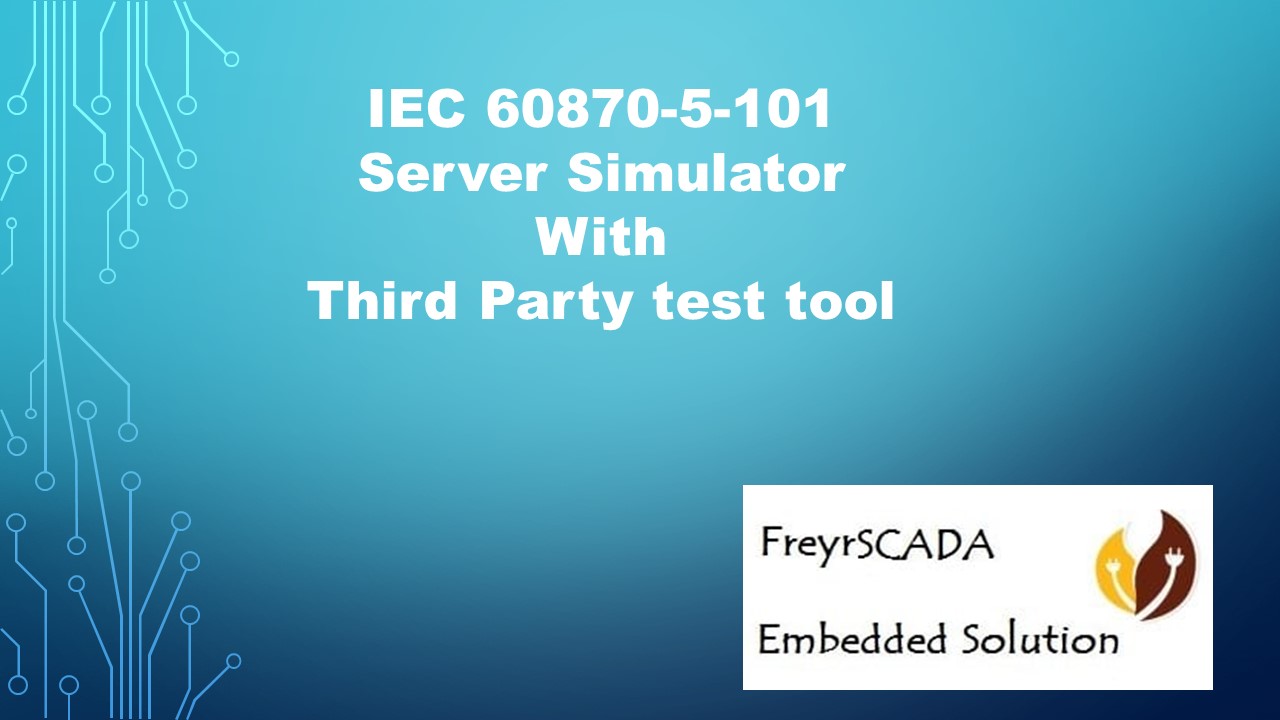 IEC 101 Server Simulator test with third party tool
IEC 101 Server Simulator test with third party tool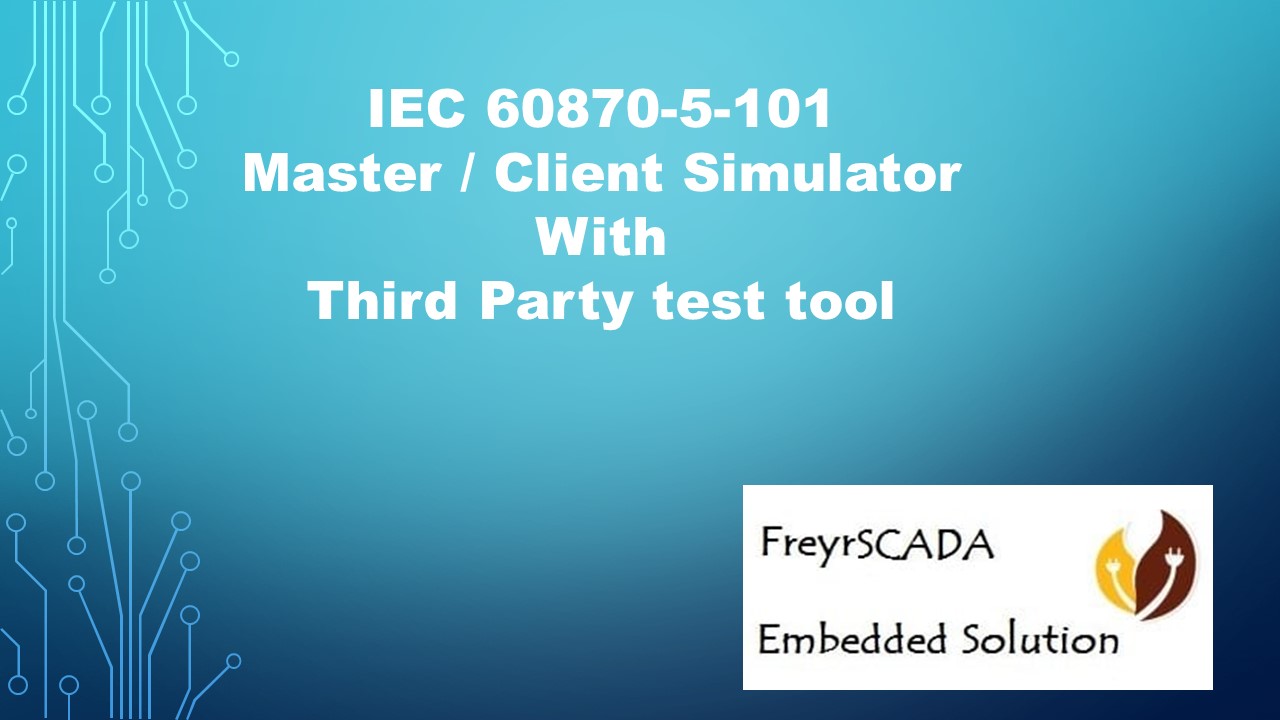 IEC 101 Client / Master Simulator test with third party tool
IEC 101 Client / Master Simulator test with third party tool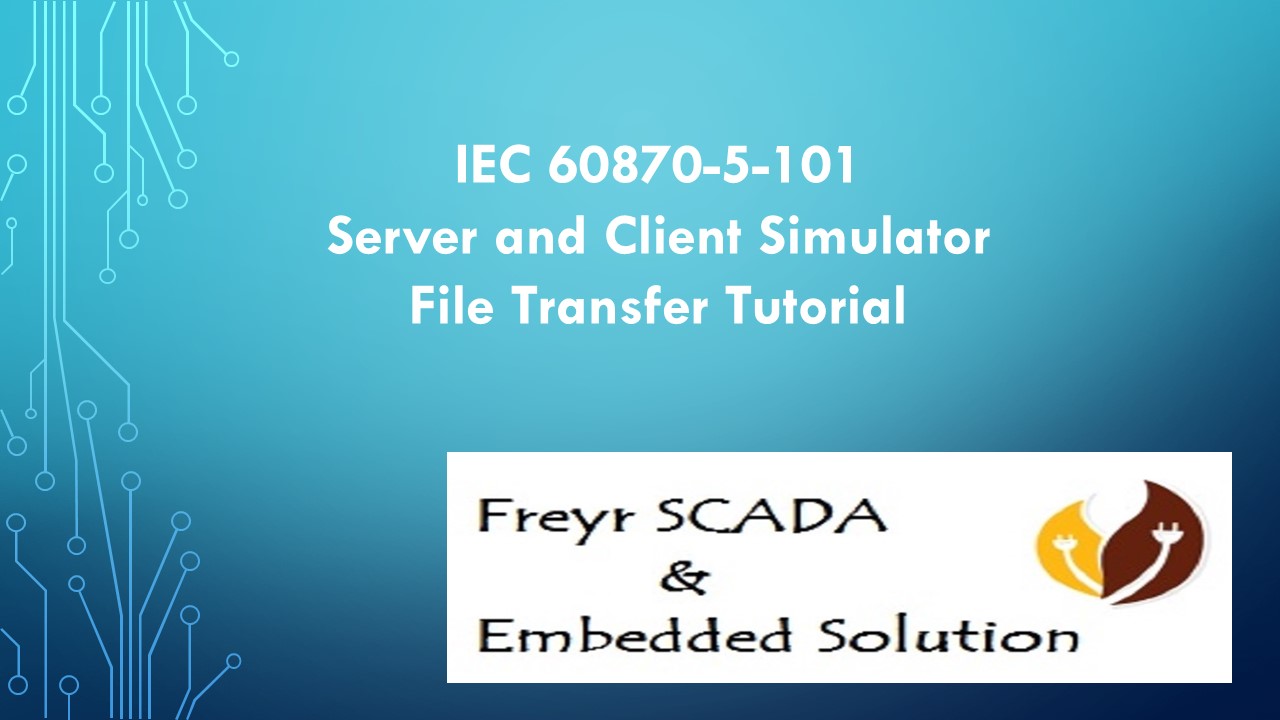 IEC 60870-5-101 Server and Client Simulator testing and File Transfer
IEC 60870-5-101 Server and Client Simulator testing and File Transfer 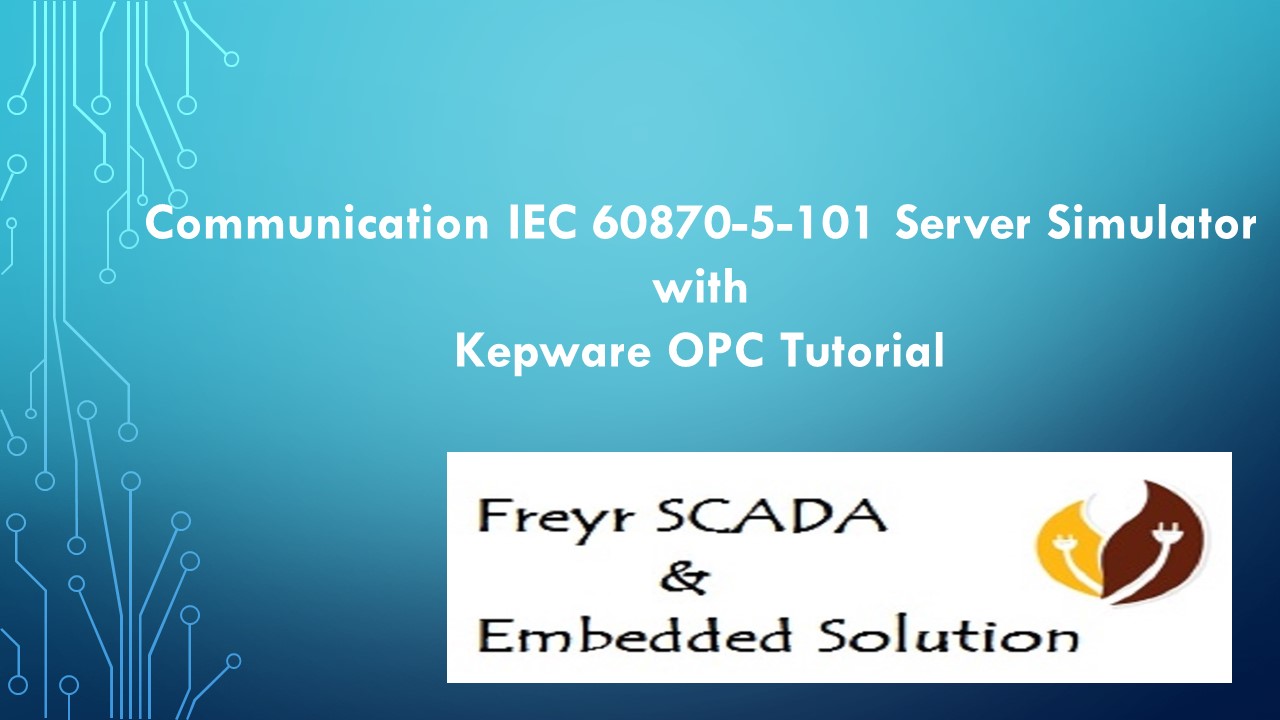 IEC 101 Server Simulator testing with Kepware OPC
IEC 101 Server Simulator testing with Kepware OPC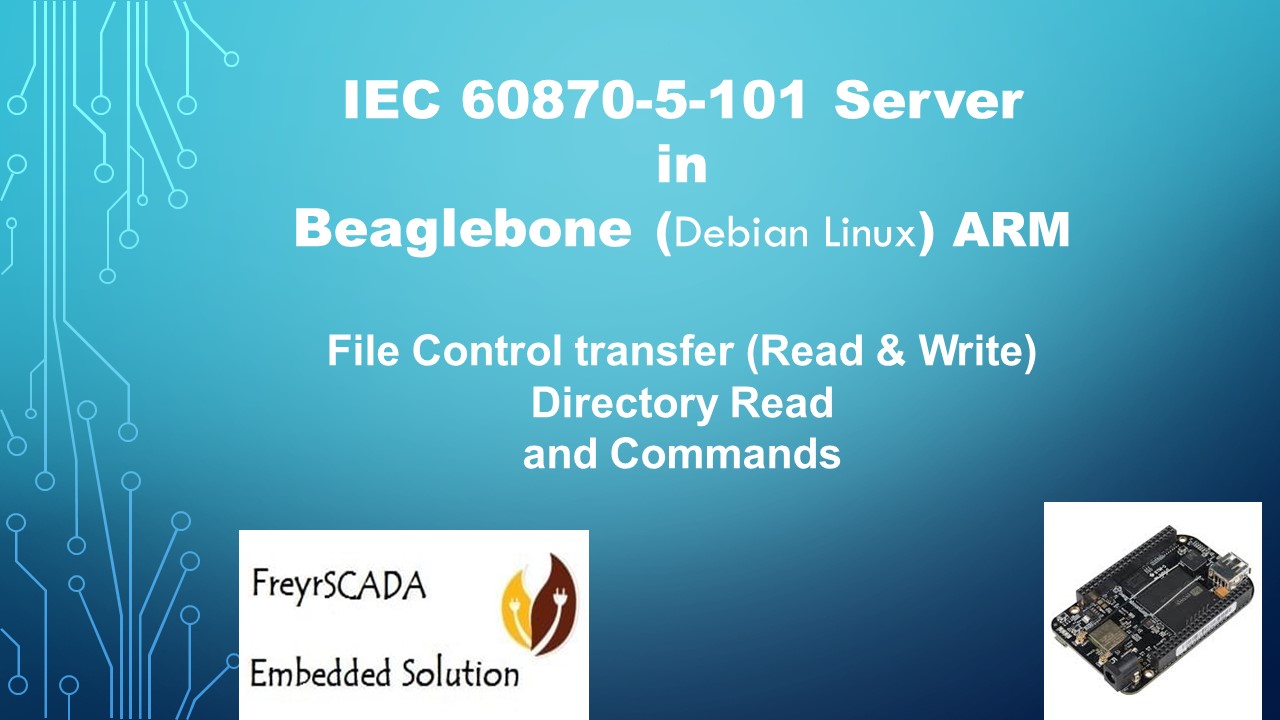 IEC 60870-5-101 Server in Beaglebone Arm Linux
IEC 60870-5-101 Server in Beaglebone Arm Linux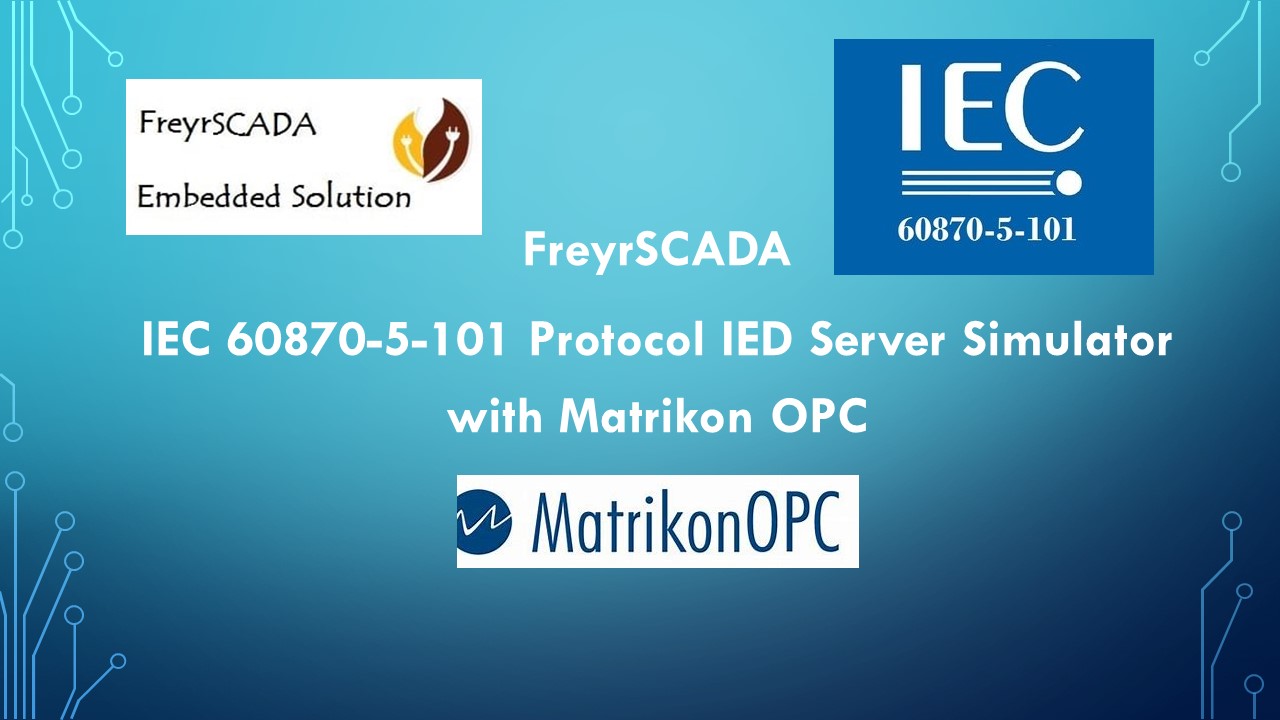 IEC 101 RTU IED Server Simulator testing with Matrikon OPC
IEC 101 RTU IED Server Simulator testing with Matrikon OPC
Customer Quotes
It has been a pleasure to work with FreyrSCADA. Pricing is competitive, and most importantly,the service and delivery have allowed us to meet our design demands.Integration was seamless.
Thanks for your professional works. It's has been very use full to us. We saved a lot of hours by using your libraries.
I did not run into any issues. The port went well.Using MMPL to poll data from competitor's instruments and converting the data to be used by our battery management software.